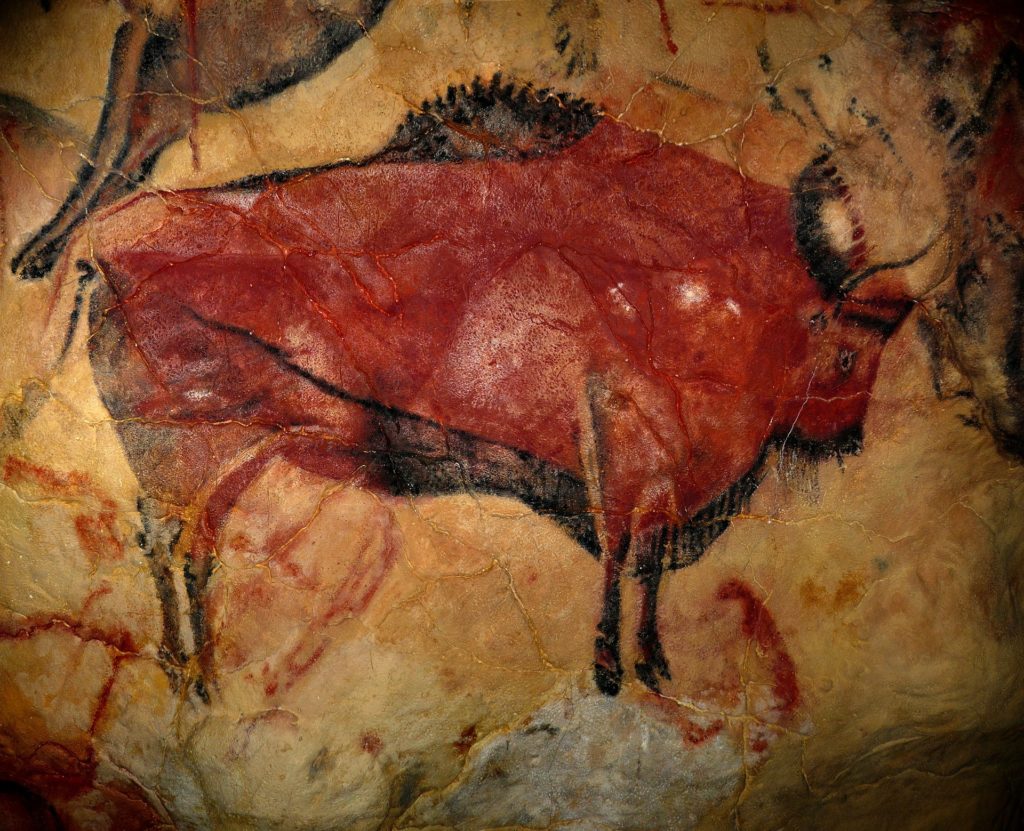Today, when we use the word “myth,” we often mean something that isn’t true, something that has been fabricated to deceive others. But the myths that have come down to us from ancient times have deep roots and hold a magical significance that still flourishes in our own lives today.
The word “mythos” in Greek means story or speech. Myths exist in every culture in the world. Mythology goes back to the dawn of recorded history—in fact, the myth may very well be the oldest form of story, and it has a special and important purpose, unlike that of other kinds of storytelling.
Legends (legende) were designed in the Middle Ages, to remind people of the miracles performed by the Christian saints, a sort of mnemonic or memory aid so the stories wouldn’t be forgotten. Even earlier, we had allegories, parables and fables, which were created in order to teach a lesson or a moral value.
The origins of myth are far older, and serve a very different purpose than any of these. The earliest myths we know of were those that described the creation of the universe, of men, animals and spirits, and told us of the origins of the gods. The first records of such stories appear on the walls of canyons and of caves like those in Australia, Spain, France, and North Africa.
From these ancient tales of magical encounters, we have discovered two things about our past: first, that these earliest paintings, when reconstructed as stories, provide us a glimpse of the religious beliefs of our ancestors at the dawn of recorded history. And second, that the earliest stories themselves were probably not spoken or sung, but were likely acted out in the form of dance—just as many societies, like the Native Americans, still do today.
Scholars have long observed that dance itself may be the oldest form of prayer, the way in which prehistoric humans were able to invoke the gods and bring magical powers down from the heavens to aid them in hunting, or to help them prevail over uncontrollable forces of nature.
So these ancient wall and cave paintings that depict stories and rituals in the form of dances are actually not “prehistoric” in the real meaning of that word: in fact, they are our first recorded histories of cosmic and natural events, as our ancestors saw them. And because they were recorded in the form of painting—and later, song and verse—they are still alive for us today.
One of my favorite projects, ever since I was a child, has been to be a sleuth—a story detective, trying to ferret out or hunt down old stories that have been handed down by word of mouth, stories which maybe only one person still remembers today, and to write them down myself so they won’t be lost. This practice of collecting and passing on stories is common to societies from Africa to Ireland to American Indian.
I often also weave these stories into my own writings, as part of a larger story that is a slice of history. In this way, the oldest stories that we may have lost touch with over the centuries can spring to life again with fresh new meaning.
For instance, in my book The Magic Circle, I created a scene from early times, where the apostle James meets Joseph of Arimathea and a Druid priest on the north coast of Spain, the ancient Celtic seaport of Brigantium. In this scene I combine the Celtic lore of Ireland with the early Christian legends of Joseph of Arimathea’s first church in Britain, along with medieval legends of the Way of Santiago—the path of pilgrimage that the Spanish believe Saint James took two thousand years ago, in his wanderings through Spain. While researching this project I accidentally became a Sorgina—a Basque Celtic witch—and the protector of the sacred painted forest at Oma, in Spain.
Read Katherine’s Articles: My Secret Spain & How I Became a Basque Celtic Sorceress
Another mythological project I am working on is the Centaur project at University of Tennessee, Knoxville, where the university inherited the mysterious skeleton of a centaur, a beast everyone always believed was mythical, in the most recent sense of the word. Many scholars are now studying the history of the centaur in myth and in world cultures…
Read Katherine’s Newsletter: The Centaur of Volos Project
So the myths and stories of each of our cultures provide a fascinating glimpse into our own history and the stories of other cultures. But learning more about these myths is also an exciting quest for the hidden mysteries of earlier times.
